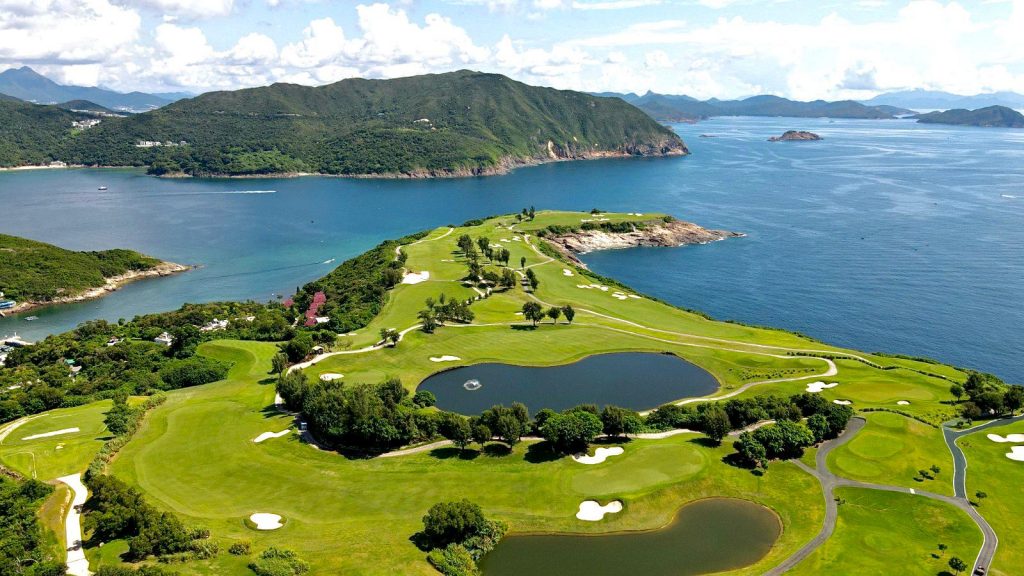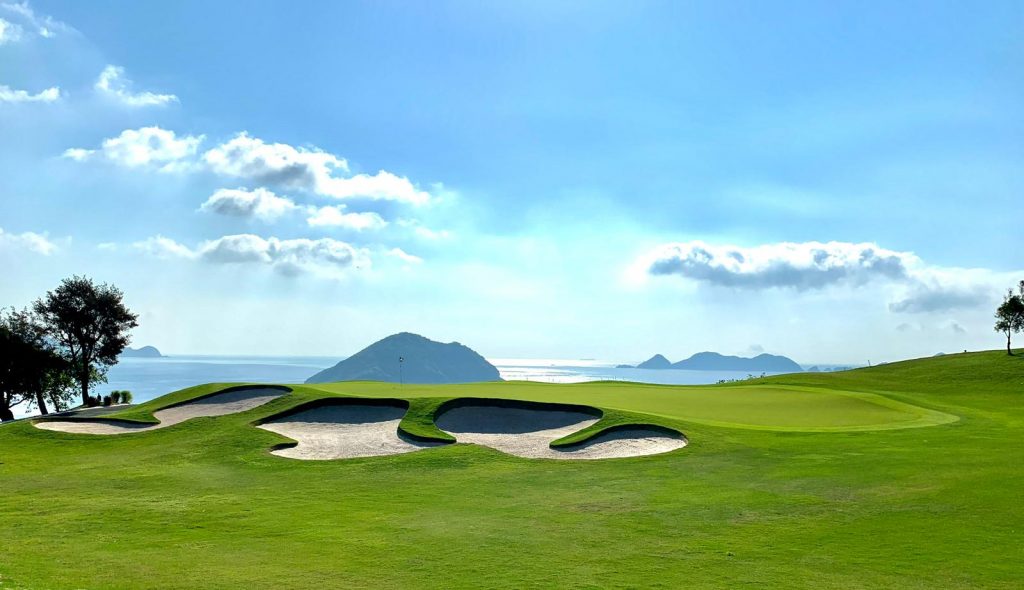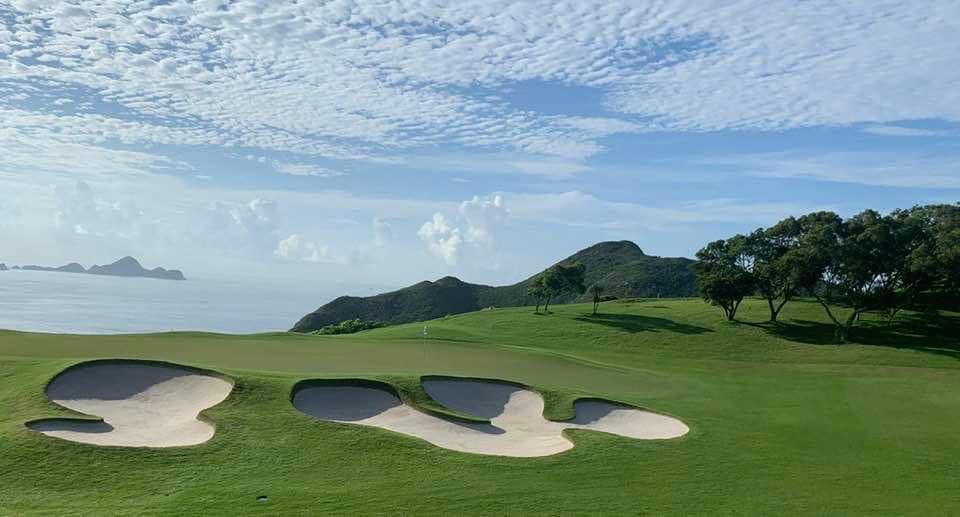Major bunker project at Hong Kong’s Clearwater Bay
Related Articles
“It’s like the Pebble Beach of Asia, except that you have the ocean on every hole and a huge marina full of enormous yachts,” says Capillary Bunkers CEO and inventor Martin Sternberg of the Clearwater Bay Golf Club & Country Club in Hong Kong, which is about to start a major bunker renovation in conjunction with the bunker liner supplier, British synthetic edging provider EcoBunker, the two companyies’ Asian representative Centaur Asia-Pacific and Australian golf course architect Harley Kruse of KruseGolf.
Given Clearwater Bay’s oceanside location, and the tropical climate, which can see 20 inches of rainfall in a day during a typhoon, creating sand bunkers which are resilient is obviously a top priority. And, as befits a club of that status, general manager Peter Downie was keen to ensure that the bunkers looked dramatic and attractive too.

Initially, the plan was to built Scottish-style pot bunkers, which would make keeping sand in them easier on such an exposed and windy site. “In the 18 months prior to February 2020, our construction manager Llewelyn Matthews went to Clearwater Bay twice and built some pot bunkers on the practice range and also on the spare hole,” says EcoBunker inventor and CEO Richard Allen. “The proposal was to build some trial bunkers on the actual golf course, in a similar style, but when I went to site to direct the build of them, Jeffrey Eshuis of Centaur and I became concerned that the members might not like such deep bunkers. Peter was interested in that style, not specifically for the aesthetic, but also for their ability to hold the sand in place – which is, of course, why they are used on links courses in the first place. But products like Capillary Concrete keep some moisture in the sand, and that helps to keep it in place – you don’t need to have three or four foot deep bunkers. It was at that point that I suggested to Jeffrey and Peter that the bunker style we used at Killara GC might be more appropriate, and that we could assemble a team with the technological and engineering capacity to make it possible.”

Kruse Golf’s project at Killara Golf Club in Sydney provided the solution. On the heavy clay soils of Killara, the architect and client team saw the combination of Capillary Concrete and EcoBunker as the solution to creating a resilient and visually striking sand faced style of bunkers. Bunkers that echo the iconic look of classic Melbourne Sandbelt bunkering that arose from the great influence of architect Dr Alistair Mackenzie during his Melbourne design visit of 1926.

The project is ready to go as soon as the COVID-19 situation enables Kruse, and Llewelyn Matthews of EcoBunker, who is planned to serve as construction project manager, to get to the site. “We can do some of the work such as fill-ins with remote monitoring of construction,” the architect says. “But for a job of this importance, it’s vital that I am on site for key milestones of the build. There are times when moving a sand line by just a few centimetres can make a huge difference, and realistically only the architect is going to notice the potential significance of such small changes.”

























